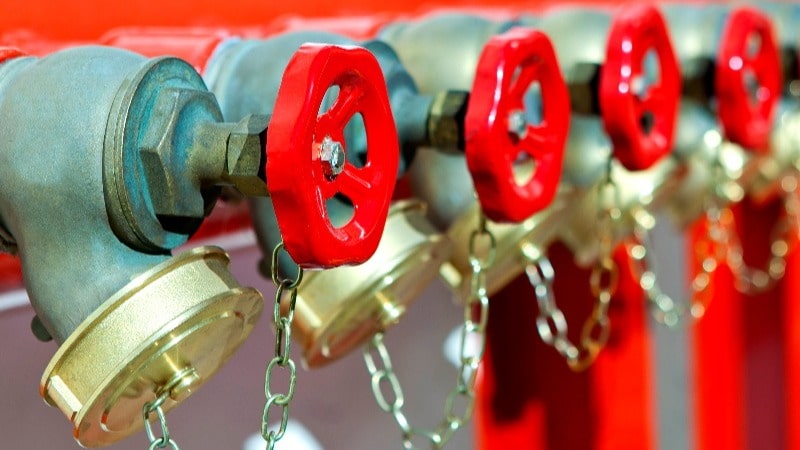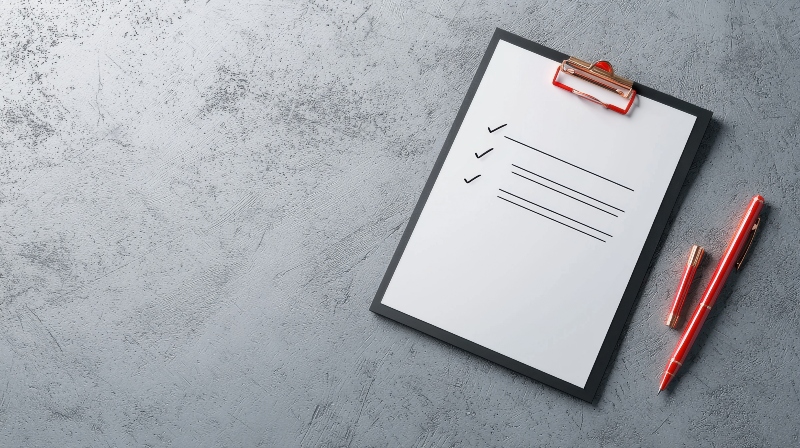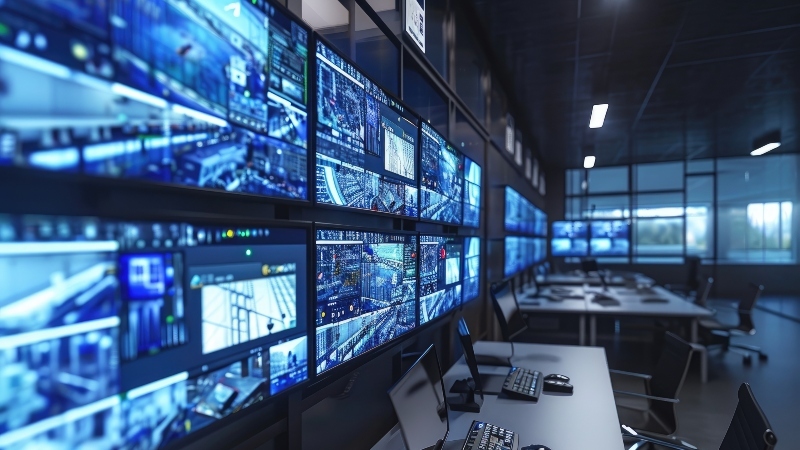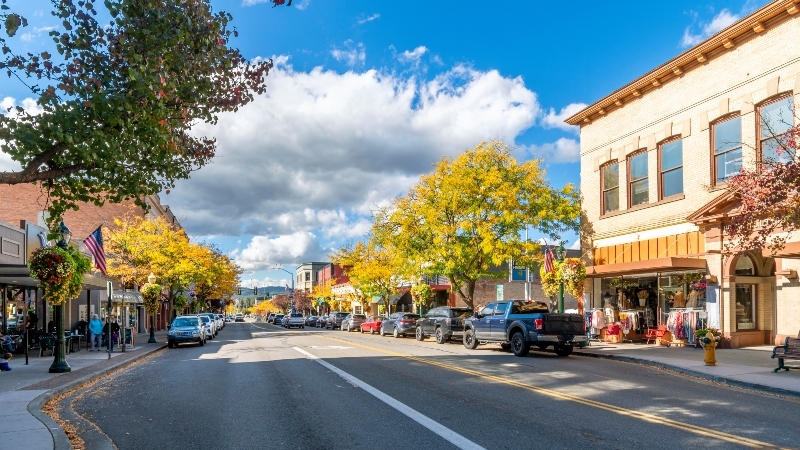Making the Switch: Vendor Transition Guide
Switching fire and security vendors feels risky. Even if your current provider isn't meeting your needs, the thought of transitioning systems and...
 |
Fire protection professionals committed to safeguarding lives, property, and peace of mind. |
 |
Solutions designed for your property type, from multi-family housing to healthcare facilities to retail spaces. |

|
Fire alarm, area of refuge, camera, and card access monitoring services. |
 |
Clear communication and instant response when every second counts. |
 |
From kitchens to server rooms, the right protection for every space. |
 |
Keep your primary defense system ready and reliable. |

|
Manage all your properties' access from one simple platform. |
 |
Monitor multiple properties in real time from anywhere, at any time. |

|
Document upcoming maintenance appointments and improve your proactive budget planning. |
 |
Fire Extinguisher Maintenance Checklist Learn the requirements for testing extinguishers monthly, annually, and beyond. |

|
Track all your inspection deadlines in one place. |
 |
Kitchen Hood Inspection Checklist Ensure your kitchen hoods are safe and compliant. Download a complete list of testing requirements. |

|
Guide to Fire & Security Monitoring Your complete property protection handbook in practical terms. |

|
Running a food truck takes work—this guide gives you the tools to keep it safe and up to code. |
 |
Comprehensive Guide to NFPA 13 and NFPA 25 Fire Sprinkler Systems Navigate sprinkler system requirements with confidence using our straightforward guide to codes and maintenance. |

|
Get your essential compliance guide. |
 |
When reliability matters across 18 restaurants, micromanagement doesn't. |
2 min read
Brothers Fire & Security : November 18, 2022

The State of Minnesota takes fire safety seriously. When planning to install a sprinkler system in your building, it's important to know what the process involves. In this blog post, we will walk you through the steps and provide some helpful tips on how to make the project as smooth and stress-free as possible.
The first thing to consider is the (type or types) of sprinkler system you will need. When selecting your systems, it's important to consider the specific needs of your building and whether those needs could change in the future. Your options include a wet system, dry system, pre-action system, deluge system, or special hazard system, or a combination of these systems.
A wet system is the most common type of sprinkler system. It uses a network of pipes that are filled with water. The water is then released when the sprinkler heads are activated.
A dry system is similar to a wet system, but the pipes are not filled with water. Instead, they are pressurized with air or nitrogen. When the sprinkler head or heads are activated, the pressure is released and the water is then released and supplied to the system.
A pre-action system is similar to a dry system, but the sprinkler heads are not activated until there is both smoke and heat. This type of system is often used in buildings where there is a high risk of water damage to contents or the structure.
A deluge system is similar to a wet system, but the sprinkler heads are activated before the water is released. This type of system is often used in buildings where there is a risk of fire or a large area.
A special hazard system does not use water. They deploy FM-200, Novec 1230, and/or foam-based solutions to remove oxygen from the fire.
Once you know the type of system you need, the next step is to determine how sensitive it should be in terms of response time. Fire sprinkler heads have different thermal response characteristics so they engage under different conditions.
Inside most sprinkler heads is a glass bulb with liquid inside it. When heated, the liquid boils, rupturing the bulb, and triggering the sprinklers to deploy. The thickness of the bulb determines the response time. A standard response system has a bulb that's 5mm thick, a quick response system has a bulb that's 3mm thick. Heads can be installed with different operating temperatures to account for heat and different locations of your building. For example, mechanical rooms use a higher temperature head than a residential space. A sauna requires a high-temperature sprinkler head of 212 to 286 degrees Fahrenheit depending on how hot the sauna can get. An open response system is used in high-hazard areas and does not use a bulb, but rather an active alarm system.
Once you've determined the type of system you need, the next step is to create a detailed design plan. This plan will include the layout of the system and piping, the type of sprinkler heads to be used, and the location of the control panel and valve assembly.
Part of the planning process is doing hydraulic calculations to ensure that even the most remote sprinklers in the system will work as they should.
After the design plan is complete, it's time to install the system. This process is best done by professionals because it involves drilling holes, running piping, and installing the sprinkler heads correctly.
Once the system is installed, it's critical to have it inspected and tested on a regular basis in order to comply with code and your insurance carrier’s requirements. This will ensure that it's always in good working condition, ready to go in case of a fire and any damage or repairs will be covered by insurance should the system activate.
Having your building's fire suppression system monitored adds an additional layer of safety. With 24/7 monitoring, if your system is triggered, the monitoring center will be notified and will dispatch emergency services quickly.
If you'd like help selecting and installing the right fire sprinkler system for your building, the experts at Brothers Fire & Security would be happy to help answer your questions.

Switching fire and security vendors feels risky. Even if your current provider isn't meeting your needs, the thought of transitioning systems and...

Your fire alarm shows a trouble signal. Last week's sprinkler inspection never happened, and despite three calls and multiple messages, your vendor...

Winter weather and holiday demands can make managing multi-location security a nightmare. Fall is your best window to upgrade security systems,...